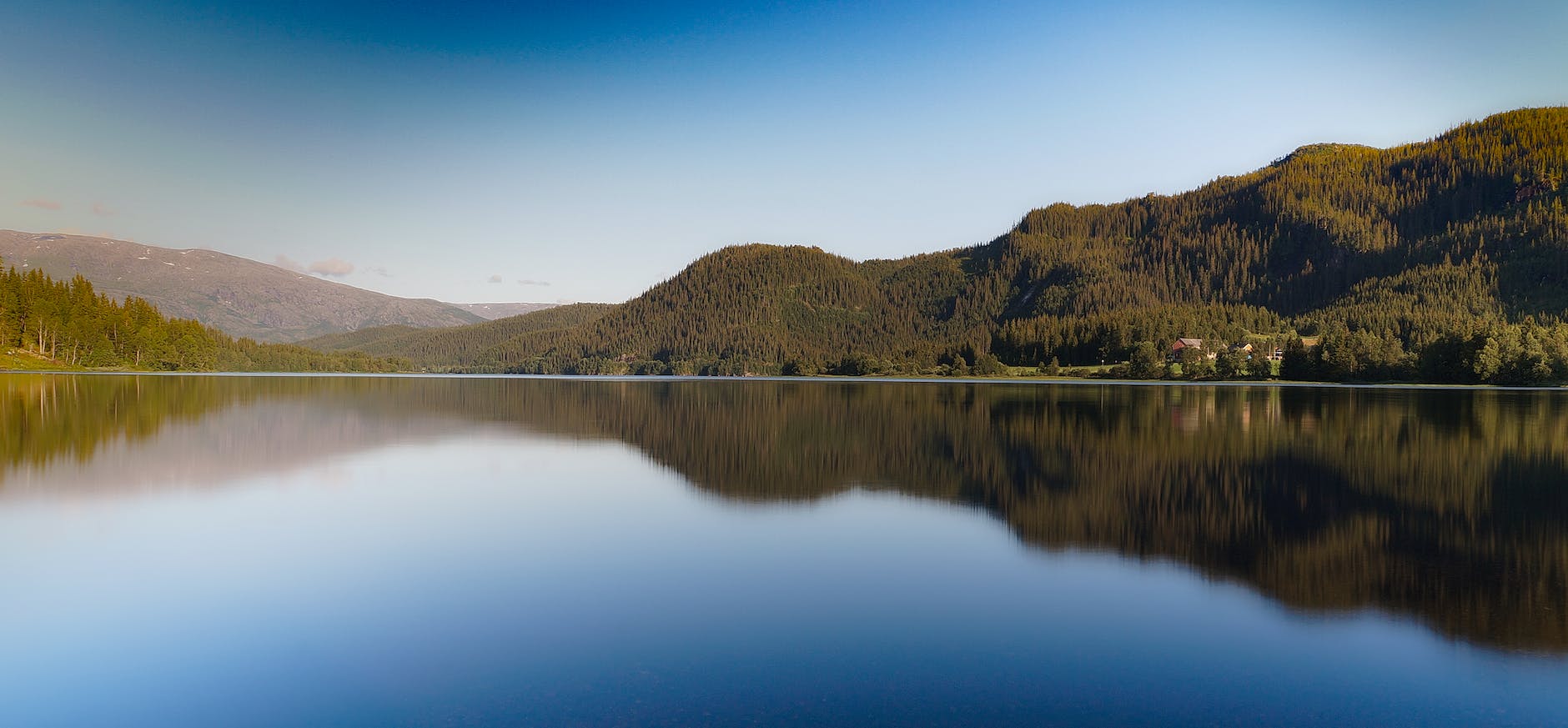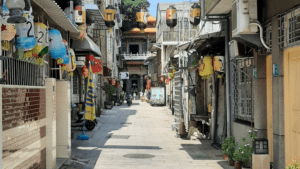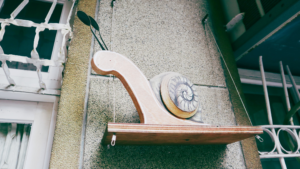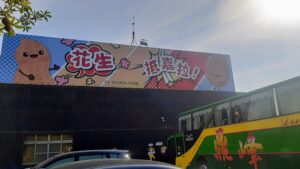Nestled up in the mountains of Tainan lies one of the country’s most historic feats of hydraulic engineering. Though not the largest reservoir in Taiwan, Wushanto Reservoir is an iconic Tainan tourist spot.
When completed in 1930, Wushantou Reservoir was the largest artificial lake in Taiwan, the entirety of Asia, and the third largest reservoir in the world. It was also a game changer for the water irrigation of farmland in Tainan.
Since its construction, Wushantou Reservoir and dam have developed into a massive complex of parks and attractions known as Wushantou Reservoir Scenic Area (烏山頭水庫). Though there is much more to do now than nearly a century ago, the highlight of the area is still the original Wushantou Reservoir.

Where is Wushantou Reservoir?
Wushantou Reservoir is a dam and reservoir in Tainan that crosses between the Lujia and Guantian districts. While fairly big with a capacity of 150 million cubic meters of water (that’s 40,000 Olympic swimming pools!), a length of 1,273 meters, and a depth of 56 meters, Wushantou Reservoir is not the largest reservoir in Taiwan.
It’s not even the third largest reservoir in Taiwan.
Regardless, Wusanto Reservoir (as it is also known as) is still a beautiful sight. The Wushanto Dam is additionally an impressive example of environmental engineering, using a method (semi-hydraulic fill method) that was considered a detour from traditional construction methods at the time.
Why is Wushantou Reservoir Important?
Wushantou Reservoir was designed by Japanese engineer Yoichi Hatta (八田與一), Taiwan’s “Father of Irrigation”. His work at Wushantou Reservoir is a marvel for one of two reasons.
First, Hatta enabled Wushantou Reservoir to cause less damage to the original environment by using the aforementioned semi-hydraulic fill method.\
Second, Hatta managed to engineer the environment to be used in his favor. The location of Wusanto Reservoir is important because, although the lake is man made, it’s actually the convergence point of over 30 different rivers. As such, Wusanto Reservoir is the ideal location for a water irrigation supply network.
The irrigation network spans across 10,000 km of waterways in the Chianan area. Chianan refers to the two counties of Chiayi (Jiayi) and Tainan, where rice farming accounts for a substantial portion of the total rice production for Taiwan.
For an idea of just how impactful the Wushantou Reservoir was to farming in Tainan since 1930, here’s a quote from the Taipei Times:
Three years after the dam’s completion, production in the Chianan plains increased threefold and the lives of residents greatly improved.
Taipei Times
To put this into a more modern perspective, the Chianan irrigation network constructed by Hatta has supplied water to 150,000 hectares of farmland in Tainan since 1930. That’s about 150,000 rugby pitches.
Attractions at Wushantou Reservoir Scenic Area
While the duration of time spent at Wushanto Dam is really dependent on the weather, there is plenty to do regardless. There are also plenty of places to stay in Wushantou Reservoir, from numerous camping and BBQ areas to the Kuo Chin Hotel on the northside of the scenic area.
However, if you only have time for a daytrip, here are the things you absolutely have to do at Wushantou Reservoir:
The Temple Overlooking Wushantou Dam
The temple is a place of worship for the goddess of mercy. It was constructed in 1977 to honor the lives lost while building the dam.
Bask in its shade while overlooking the Wushantou Reservoir and dam.
The Trails at Wushantou Reservoir
Aside from the walking path along the dam and around parts of the reservoir, there are also numerous trails and small parks to explore within the Wushantou Reservoir Scenic Area depending on the season.
Winter and early Spring are especially beautiful times to visit Wushantou Reservoir, with the Sakura Park and Xiangxie Boulevard in full bloom. Summer and Fall have their highlights too, offering stunning views of the glistening water near the bridge, in the fountain, and along the reservoir.
Wushantou Reservoir Waterpark
In addition to being a reservoir and dam, Wushantou Reservoir Scenic Area is also a waterpark from late Summer to late Fall. It features water slides, interactive fountains for children, and water bikes.
There are, however, more adult friendly and year round water-based activities to do at Wushantou Reservoir too such as:
- Row boats for rent.
- Guided tour boats – tickets must be purchased on the day at the Visitor’s Center, with the boat departing every hour.
For a more exciting water experience, time your visit to Wushantou Scenic Area when water is being released through the dam. Don’t worry, unlike Shihmen Reservoir’s spillway, there’s no way you’ll be in danger of the pounding water.
Yoichi Hatta Memorial Park
The Yoichi Hatta Memorial Park (八田與一紀念園區) is a secluded part of the scenic area dedicated to Yoichi Hatta, the engineer of Wushantou Reservoir and Dam.
In 1942, Hatta was killed aboard a Japanese passenger ship heading to the Philippines. Following his death, and supposedly the surrender of Japan, Hatta’s wife drowned herself in the reservoir in 1945. This park, and its gorgeously renovated Japanese building and ‘Love Stone’ (for couples), is therefore a memorial to the both of them.
A bronze statue of Yoichi Hatta was also commissioned to honor his significant contribution to the area. It sits outside the park near the reservoir, and from the outset looks fairly standard.
But the history of the statue is wild.
A Bit About The Hatta Statue & Wild History
Though commissioned in 1931 by aides of the engineer, it wasn’t until the 1980s that the Yoichi Hatta statue was actually displayed at Wushantou Reservoir. That’s because there had been continuous anti-Japanese sentiments from during WW2 to long into KMT rule, along with metals being smelted for various purposes. As a result, locals kept the statue under wraps.
Then, on April 16th 2017, after having been displayed for a good 20-some years, the Yoichi Hatta statue was decapitated. One day later, after public outcry, former Taipei City Councilor Lee Cheng-lung turned himself in to the police for beheading the statue.
You can visit that same statue, with a replacement head, at Wushantou Reservoir by the Sakura Blossom Park.
How to Get to Wushantou Reservoir
While I did see bicycles parked at the reservoir, the best ways to get to Wushantou Dam are by car, scooter, or bus. Please be advised that the entrance fee is dependent on which mode of transport you arrive by.
Vsitiors can also arrive by bus, in which case entrance is free. I’ve detailed the 4 ways to get to Wushantou Reservoir by bus in the ‘Bus Routes’ tab below.
While the scenic area is open year round, not all attractions within Wushantou Reservoir have the same opening times. In order to avoid disappointment, make sure to check before you go…so that you’re not stuck wearing a speedo for longer than absolutely necessary.
| Wushantou Reservoir Scenic Area | 8am to 5.30pm |
| Waterpark | 9am to 5pm; Closed Mon, Tues, & Weds Open from May to October |
| Memorial Park | 9am to 5pm Closed Wednesdays |
As there’s plenty to do inside Wushantou Scenic Area, there is a fee for entry. It’s $100 for the full adult ticket.
| Vehicle | Price |
| Scooter | $20 |
| Small Car | $50 |
Remember, Wushantou Reservoir and Wushantou Dam are in a massive open space. As this is Taiwan, there’s likely to be plenty of rain and thunder in the summer months, so be sure to check the weather before visiting.
Please also be advised that there will be lots of mosquitoes in the Summer.
Food options are also minimal, so I recommend taking some packed food just in case.
| 1. | TRA -> Xinying Station -> take bus transfer to Ling po–Guantian Line -> Wushantou Reservoir (Only on Holidays) |
| 2. | TRA -> Xinying Station -> bus transfer to Tainan City Bus Y1 -> Jianan Village Stop -> Walk |
| 3. | TRA -> Longtian Station -> bus transfer to Tainan City Bus O10 -> Jianan Village Stop -> Walk (less than 700m away) |
| 4 | TRA -> Shanhua Station -> bus transfer to Tainan City Bus O5 -> Jianan Village Stop |


